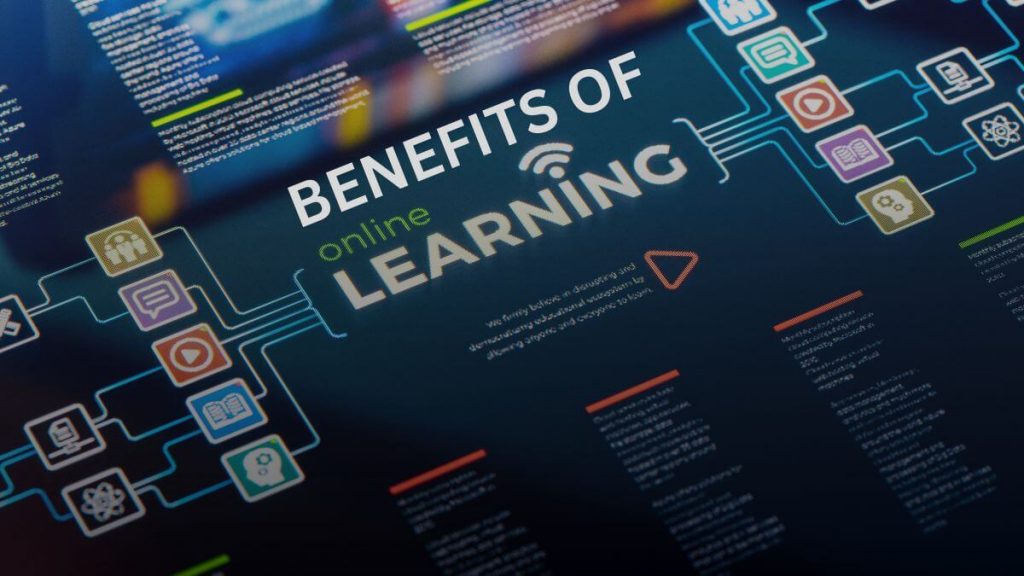How far back should your resume go? Should you include 15-year-old work experience on your resume?
This important question bothers 89% of job seekers. The wrong answer might cost you interviews before you even realise it.
Here’s the reality: Hiring managers spend only 7.4 seconds reviewing your resume. Meanwhile, 75% of applications never get past AI-powered Applicant Tracking Systems (ATS). In this competitive environment, every line of your work history can help or hurt your chances of landing that dream job.
The Resume Timeline Rule That Actually Works
Most career experts suggest showcasing 10 to 15 years of relevant work experience. However, this generic approach overlooks key factors like career changes, industry norms, and employment gaps that could make older experience valuable.
What you’ll find in this guide:
- Exact timeframes by career stage (entry-level, mid-career, senior professional)
- Industry-specific resume length standards for tech, healthcare, finance, and more
- ATS optimisation strategies to ensure older experience does not hurt your ranking
- Employment gap solutions using strategic work history placement
- Resume formatting tips to maximise impact while staying clear and concise
Whether you’re a recent graduate writing your first professional resume, a career changer using transferable skills, or an experienced professional with decades of expertise, this evidence-based guide shows you how to structure your work history for the best chance of interviews.
Stop doubting your resume timeline. Let’s uncover the science behind the best resume length and turn your job application into an interview magnet.

How far back should your resume go?
| Guide Component | Description |
|---|---|
| Career Stage Timeframes | Exact timeframes by career stage (entry-level, mid-career, senior professional) |
| Industry Standards | Industry-specific resume length standards for tech, healthcare, finance, and more |
| ATS Optimization | ATS optimization strategies to ensure older experience does not hurt your ranking |
| Employment Gap Solutions | Employment gap solutions using strategic work history placement |
| Formatting Tips | Resume formatting tips to maximize impact while staying clear and concise |
The 10-15 Year Rule: Why It Works
- Relevance: Skills and technologies from the past 10 to 15 years are likely to be current and useful in today’s job market.
- Readability: Hiring managers spend about 6 to 7 seconds initially scanning resumes. A focused timeline helps them quickly spot relevant experience.
- Age Neutrality: Limiting your resume timeline helps reduce potential age discrimination while keeping the focus on your current abilities.
When to Extend Beyond 15 Years
Include older experience when:
- Highly relevant roles: Previous positions directly connect to your target job.
- Career changes: Earlier experience helps fill gaps in your career transition.
- Industry requirements: Academic, research, or specialised fields may need a detailed work history.
- Significant achievements: Major accomplishments show your unique value.
Resume Length Guidelines by Career Stage
Entry-Level Professionals (0-5 years experience)
Include all relevant work experience, internships, volunteer work, and major projects. The length should be a maximum of 1 page. Focus on skills, education, and potential rather than lengthy experience.
Mid-Career Professionals (5-15 years experience)
Include the past 10-15 years of experience. The length should be between 1 and 2 pages. Focus on career progression, measurable achievements, and leadership experience.
Senior-Level Professionals (15+ years experience)
Include the past 10-15 years in detail, with brief mentions of earlier important roles. The length should be a maximum of 2 pages. Focus on strategic achievements, leadership impact, and industry expertise.
ATS Optimisation for Resume Timeline
Understanding ATS Screening
Modern Applicant Tracking Systems (ATS) evaluate resumes based on:
- Keyword matching from job descriptions
- Recent experience relevance
- Skills currency
- Role progression logic
ATS-Friendly Resume Timeline Tips
- Prioritise recent roles: Place most emphasis on your last 2-3 positions
- Use relevant keywords: Include industry-specific terms from recent years
- Maintain consistency: Use standard date formats (MM/YYYY)
- Avoid gaps: Address employment gaps with brief explanations
Industry-Specific Resume Timeline Considerations
Technology Sector
- Timeline: 10-12 years maximum
- Reason: Rapid technological changes make older experience less relevant
- Focus: Current programming languages, recent project successes
Healthcare
- Timeline: 10-15 years
- Reason: Medical advances and regulatory changes affect practice
- Focus: Current certifications, recent patient care experience
Academic/Research
- Timeline: Complete career history
- Reason: Publication history and research continuity matter
- Focus: All relevant publications, grants, and research projects
Legal
- Timeline: 10-20 years
- Reason: Legal precedents and experience depth are valued
- Focus: Recent cases, relevant practice areas
Finance
- Timeline: 10-15 years
- Reason: Regulatory changes and market evolution
- Focus: Recent compliance experience, current market knowledge
Resume Formatting Best Practices
Space-Saving Techniques
Use concise bullet points:
- Start with action verbs
- Include quantifiable results
- Limit to 2-3 bullets per role
Optimise font and spacing:
- Professional fonts (Arial, Calibri, Times New Roman)
- 10-12 point font size
- 0.5-1 inch margins
- Strategic white space usage
Combine similar roles:
- Group positions at the same company
- Summarise multiple similar roles
- Focus on progression and growth
Content Optimisation
Recent roles (detailed):
- 3-4 bullet points per position
- Specific achievements and metrics
- Relevant skills and technologies
Older roles (condensed):
- 1-2 bullet points maximum
- Focus on unique skills or major accomplishments
- Brief company and role descriptions
Common Resume Timeline Mistakes to Avoid
Mistake 1: Including Every Job Ever Held
- Problem: This creates a cluttered, unfocused resume.
- Solution: Select only relevant positions that show career growth.
Mistake 2: Rigid Adherence to One-Page Rule
- Problem: This leads to leaving out valuable experience to meet an arbitrary length.
- Solution: Use 1-2 pages based on your experience level and what is relevant.
Mistake 3: Inconsistent Date Formatting
- Problem: This confuses ATS systems and hiring managers.
- Solution: Use a consistent MM/YYYY format throughout.
Mistake 4: Ignoring Job Description Requirements
- Problem: This causes you to miss specific experience requests.
- Solution: Tailor your resume to match the job requirements.
Mistake 5: Outdated Skills Emphasis
- Problem: This highlights old technologies or methods.
- Solution: Focus on current, transferable skills and recent learning.
Advanced Resume Timeline Strategies
The “Skills-First” Approach
For career changers or those with diverse backgrounds:
- Lead with the relevant skills section
- Group experience by relevance, not chronology
- Include a brief “Additional Experience” section for older roles
The “Hybrid Timeline” Method
For professionals with both recent and significant older experience:
- Detail the recent 10-15 years
- Create “Earlier Career Highlights” section
- Summarise older roles in 1-2 lines each
Gap Management Techniques
Address employment gaps strategically:
- Include relevant activities (education, volunteering, freelancing)
- Use the years-only format to minimise the gap appearance
- Briefly explain career breaks in the cover letter
Future-Proofing Your Resume Timeline
Stay Current with Industry Trends
- Regular skill updates: Continuously learn relevant technologies
- Industry networking: Maintain awareness of hiring trends
- Resume reviews: Update resume every 6-12 months
Adapt to Changing ATS Technology
- Keyword optimisation: Research current industry terminology
- Format compatibility: Ensure the resume works across different ATS platforms
- LinkedIn alignment: Maintain consistency between resume and LinkedIn profile
Key Takeaways: Optimising Your Resume Timeline
- The 10-15-year rule works for most professionals, but it isn’t absolute
- Tailor your timeline to specific job requirements and industry norms
- Prioritise relevance over completeness when selecting which roles to include
- Optimise for both human readers and ATS systems
- Regular updates ensure your resume timeline remains effective
Frequently Asked Questions
Q: Should I include jobs from 20+ years ago?
A: Only if they are highly relevant to your target role or show unique qualifications that aren’t clear from your more recent experience.
Q: How do I handle multiple short-term positions?
A: Group them under one heading or focus on the most relevant positions while briefly mentioning the others.
Q: What about unpaid experience?
A: Include relevant volunteer work, internships, or projects within your chosen timeline, especially if they show important skills.
Q: Should my resume timeline match my LinkedIn profile?
A: Yes, keep consistency between the two while adjusting each for its specific purpose.

13+ Yrs Experienced Career Counsellor & Skill Development Trainer | Educator | Digital & Content Strategist. Helping freshers and graduates make sound career choices through practical consultation. Guest faculty and Digital Marketing trainer working on building a skill development brand in Softspace Solutions. A passionate writer in core technical topics related to career growth.




